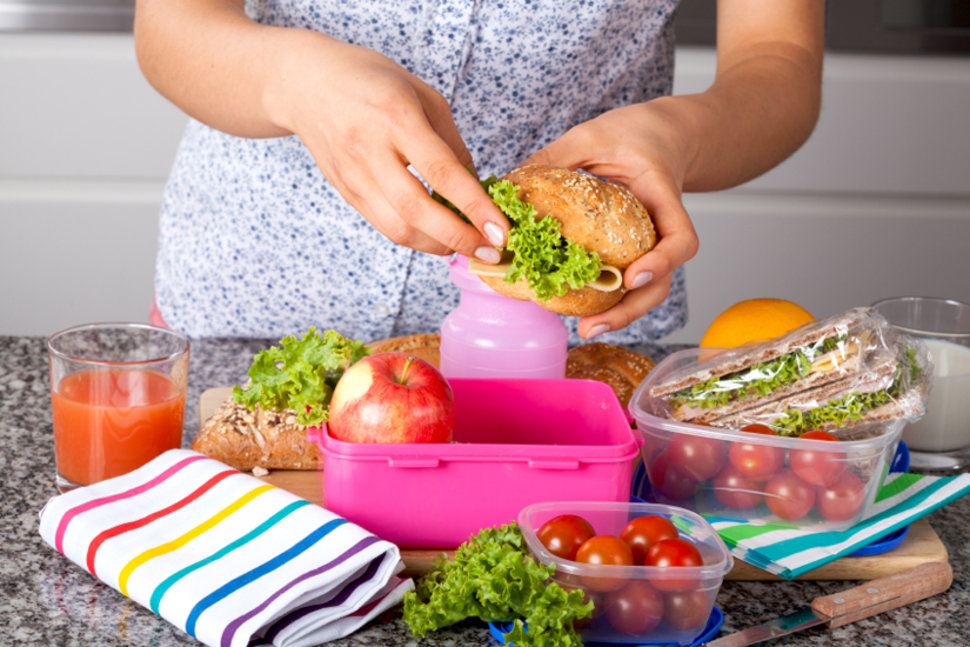[avatar user=”doller” size=”thumbnail” align=”left” link=”http://www.acppps.org/who-we-are/denisse-oller”]By: Denisse Oller[/avatar]Everyone loves a chubby baby. After all, aren’t pinchable cheeks and squeezable knees signs of a healthy, thriving baby? But what about when the baby fat doesn’t go away?
In many cases, chubby toddlers become chubby adolescents who become chubby adults. According to the Centers for Disease Control and Prevention, one in five school-aged children (ages 6–19) is obese, which puts them at higher risk for developing chronic health conditions, such as asthma.
Childhood obesity is now the number one health concern among parents in the United States, topping drug abuse and smoking. Excess weight and obesity cause a range of problems, from diabetes, elevated cholesterol levels, and high blood pressure to self-esteem issues, insecurity, and bullying.
So, what can we do about it? Many factors affect obesity but lack of exercise and poor nutrition are more likely the issue than “big bones” or a “slow metabolism.” Healthy habits can be developed and it starts at home. Here are 10 tips that will benefit your entire family.
- Love and accept your child. Never put your child down about weight or appearance. Encourage positive feelings and self-esteem. Never underestimate a hug; to a child, a parent’s hug is priceless.
- Take time to throw a ball, toss a frisbee, ride a bike, play a game, or take a walk. Playing with your child creates bonds, develops strength and motor skills, and enhances sociability.
- Make breakfast a priority. Studies have shown that kids who skip the first meal of the day are prone to be overweight. Healthy choices include oatmeal, boiled eggs, whole wheat bread, fruits and 1% milk. Choose low sugar multigrain cereals. Avoid packaged pastries!
- Make your favorite dishes healthier. Steam, grill, bake, stew, poach, braize, or sauté. Frying increases calories and fat and robs foods of nutrients. Baked fish sticks, chicken fingers, and sweet potato “fries” are crispy, delicious, and healthy. Your kids will love them.
- Take advantage of the rainbow.Colorful fruits and vegetables are high in vitamins, minerals, and fiber and low in fat and calories. The American Heart Association recommends eating eight or more fruit and vegetable servings every day. If your child is a picky eater, trying adding veggies to a favorite dish. Serve fruits at breakfast, in their lunch box, even dessert, like frozen berries on yogurt or fruit pops with 100% juice. Irresistible!
- Reduce sugar. We know that soft drinks, desserts, and candies contain tons of sugar, but did you know that sugar also is hidden in foods like bread, canned soups, pasta sauce, low-fat meals, fast food, and ketchup? Check labels and choose low-sugar products. Better yet, use fresh or frozen ingredients instead of canned goods. Replace sugary drinks with water or 1% milk.
- Use less salt. More than 75% of the salt we eat comes from restaurant, prepackaged, and processed foods, many of which don’t even taste salty! Excess salt leads to hypertension, which is becoming increasingly common in children. Substitute condiments and fresh and dried herbs and spices to add flavor to your food. Don’t put a salt shaker on the table
- Local, seasonal produce is economical, tastier, and better for you. New York has wonderful green markets all over the city.
- Watch portion size. Serve smaller portions and allow your family to ask for seconds if they’re still hungry. Too often, we clean our plate even when we’re no longer hungry.
- Be creative! Prepping ahead and making homemade brown rice, turkey meatloaf, or zucchini bread for the week can save time and reduce stress. Use dinner leftovers as tomorrow’s lunch.

